My son is disabled. He’s only 14 months old, so most people can’t tell at first, but he is. He has SMA, Spinal Muscular Atrophy Type 1, so his muscles are very weak, he tires easily, and he eats via G tube. Much of his future is unclear because the treatment options are only a few years old. But it’s safe to say that Ben will use mobility devices for the rest of his life, whether it be a wheelchair in a year, or possibly a walker or crutches years from now. Before I became the mother of a child with severe medical needs, I was blissfully unaware of how inaccessible, and therefore ableist, our world is. But as music educators, we can do our part to create accessibility and inclusivity in music class.
As a busy music teacher seeing hundreds of kids a week, I’m ashamed to admit that there were times my disabled students fell through the cracks in my lesson preparation. I’d drive midday to my second school of the week, toss my stuff in the corner, and hurriedly set up for a new folk dance. And then my student with a power chair would enter the room, and I realized I’d forgotten to plan accommodations. *Insert horrified expression here*

IEP’s and 504 plans are legally binding documents for a reason; every child deserves access to the learning experience. So although I improvised in the moment and created modified moves for this student to do with his power chair, he deserved better than that, as do all of our students. Below, I’m sharing four ways to accommodate for students with a variety of disabilities. Hopefully, this list helps you in quickly adding modifications to make your lessons more accessible.
1. Font Size and Color
Visual impairments, including color blindness, require special attention to fonts, their size, and their color. Clear, crisp fonts without too many serifs or curls are easier to read. I know those whimsical fonts might be cute and fun, but they’re of no use of any of your students can’t read them. The size of the font is also very important. Always err on the larger side, even if it means your lesson will take up a few more slides than you’d like. Although the font style and size might be more common sense to many teachers, one thing we often forget is the color and its contrast with the background.
Visually impaired students need bright fonts on dark backgrounds, so that the shapes of the letters stand out. And people with color blindness require another accommodation. Red and green are commonly very hard to distinguish for many people who are colorblind. Avoid this combination, as well as purple and blue. A good rule of thumb is to always use large, clear fonts on a high contrast background.
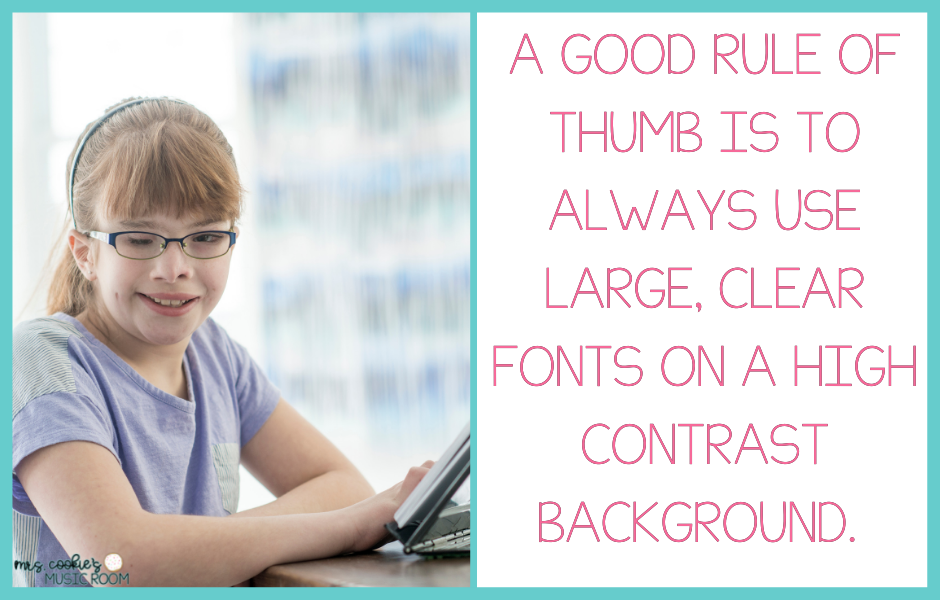
2. Movement Accommodations
Whether it be a temporary arm cast or a lifelong physical disability, some students need accommodations during our singing games, folk dances, and other movement activities. I’ve included a short list of ideas below, but please remember that the best person to consult would be the student. Even if you have ideas, or you’ve consulted their specialists, you may want to go to the student. Depending on the age, consult the student about your suggestions and see what they’re comfortable with.
- Add an instrument part. Getting to play an instrument while the other students are doing a running game or a fast-paced folk dance is a great way to still ensure that a disabled student is having fun and feels included. They can play the steady beat on a rhythm instrument or a simple bordun on a xylophone. Whatever they play will add a little extra musical fun to the activity.
- Add a special job. Need a judge for a competition game like “Big Fat Biscuit?” Want someone to be in charge for a knockout game like “Down Came a Lady?” What about someone to help give directions in that kind of tricky folk dance where people forget to cast off at the end? A student with limited mobility would thrive in a leadership position like these.
- Use scarves. If a student is going to have trouble reaching for a game or dance, extend their reach with scarves or soft mallets. Do they have limited or no leg mobility? They can improvise modifications for the leg movements with their scarves.
- Utilize a double circle. Dances and games that require rotation are a great time to use the double circle. In this case, the students in the inside circle stay in place, and the students in the outside rotate to new partners. Place any students with mobility issues in the inside circle, and they can still fully participate with their classmates.
3. Visual Schedule
I’ve written in depth about using visual schedules before so I’ll keep this portion brief. (Click here to read that previous post) Visual schedules are best practice for all students, but they can be particularly helpful for neurodivergent children. Students on the Autism spectrum, for example, thrive on a set structure for their day. ASD students may already struggle with sensory issues in our typically louder classroom environment, so posting a schedule where they can see exactly what to expect will benefit these students,
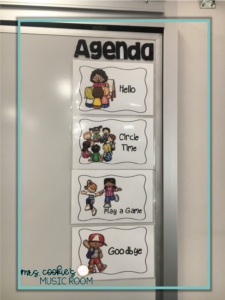
4. Instrument Accommodations
Some instruments are a little heavy for kids with physical disabilities. In this case, you may want to provide alternate instrument choices for them. For example, if your shekere is too heavy, perhaps and egg shaker or jingle tap would work better for your student. If a melodic instrument is a little too difficult for them to play successfully with their particular disability, desk bells or boomwhackers are usually an accessible alternative. Below I’ve listed a few adaptive instruments and pieces of equipment.
- For grip issues with mallets and sticks, adaptive cuffs may help.
- Ukulele students with coordination issues could benefit from a ukulele chord changer.
- Recorder students may have more success with an adaptive model recorder.
Now this is by no means an exhaustive list, but it is a place to start. If you have a student that you are struggling to accommodate, please speak with their resource teacher and occupational therapist. If the student is old enough, please ask them if a particular modification would work for them. No one knows their abilities and comfort level better than they do, after all. Please learn from my mistakes, and plan these accommodations ahead of time. You can add them right into your lesson plans so that you’re ready to go. If you’re looking for a free lesson plan template to use, click below.
Happy teaching!


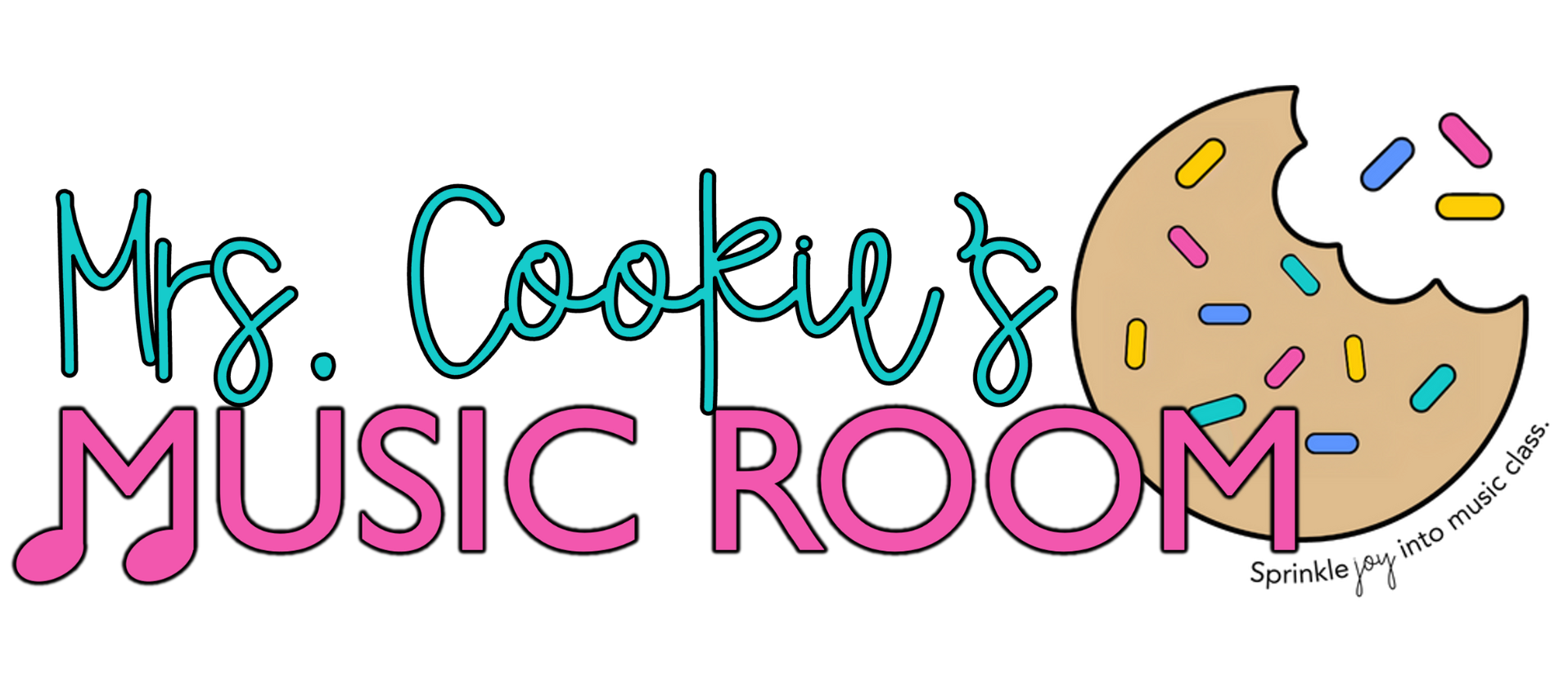
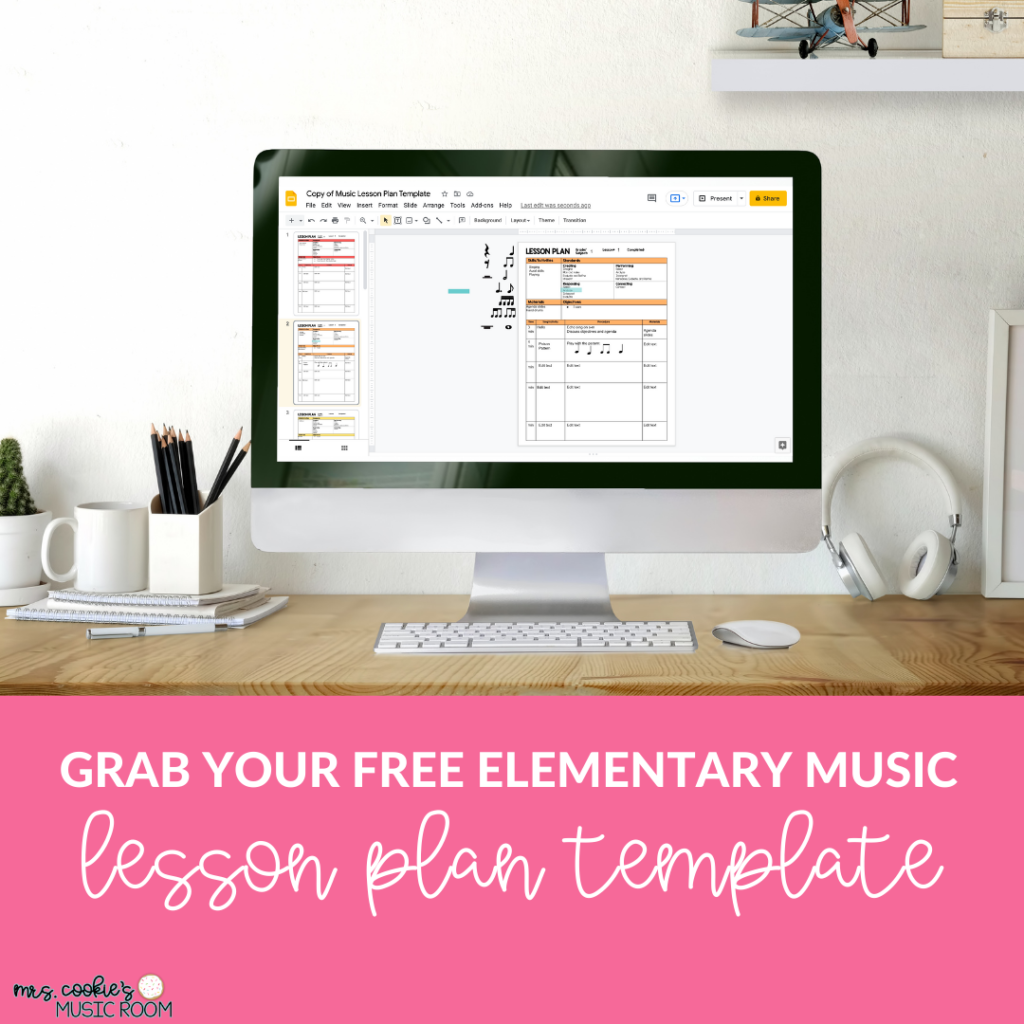
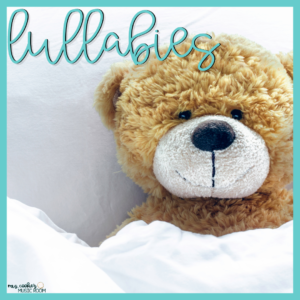

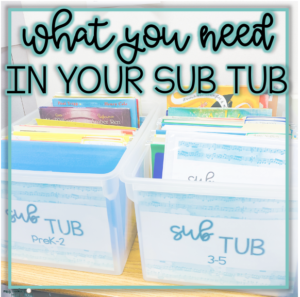
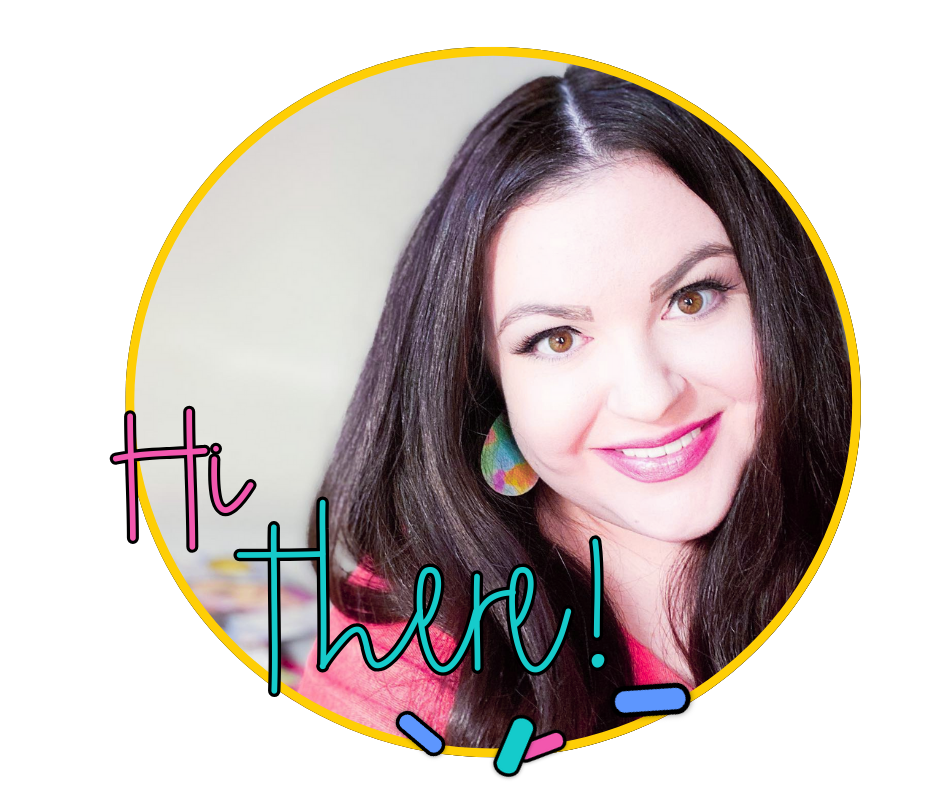
1 Comment
Music is an expression and it is important that the students feel welcome and at ease with the class.